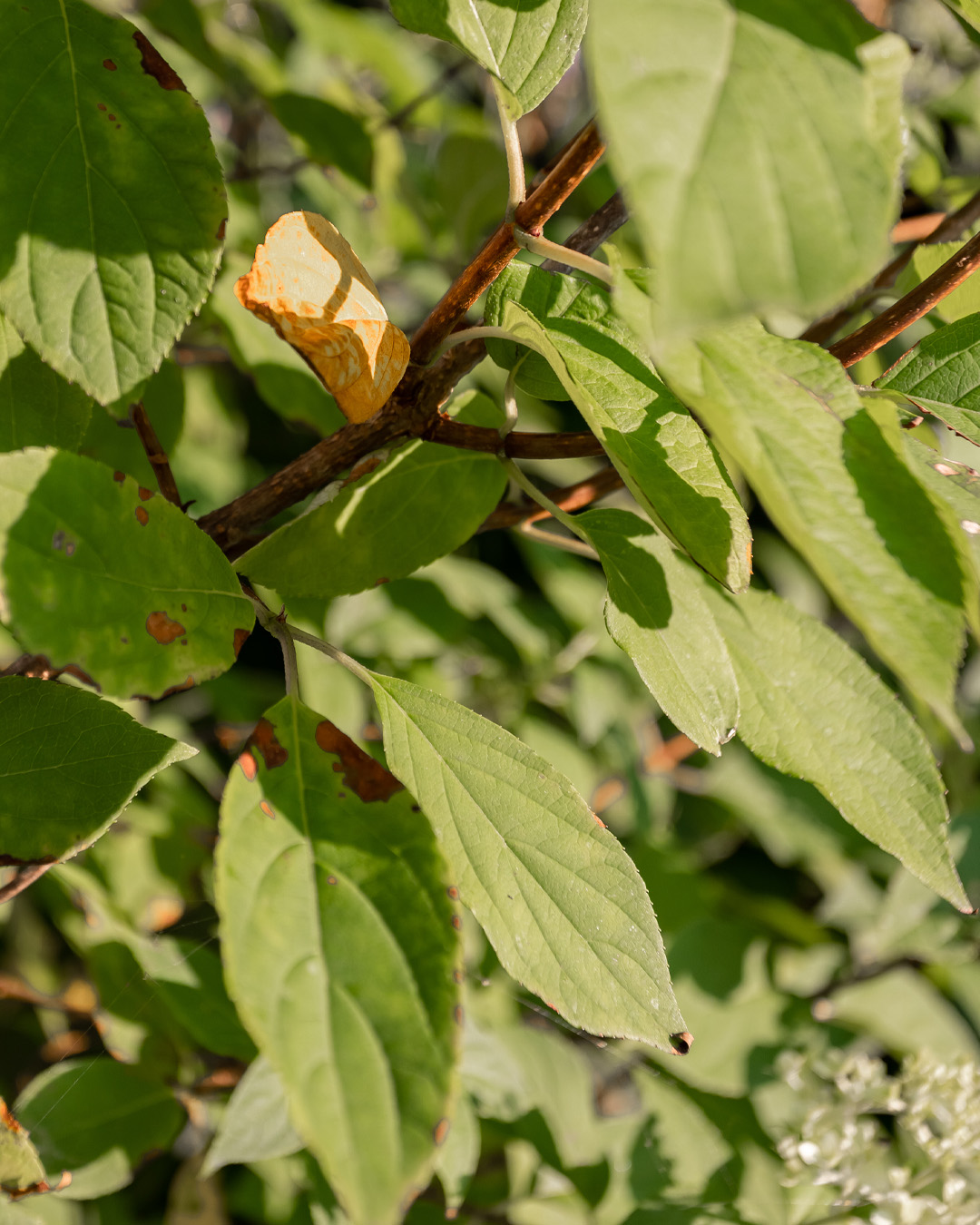How Hydrangea Leaves Turning Yellow can Save You Time, Stress, and Money.
Table of ContentsFacts About Hydrangea Leaves Turning Yellow RevealedThe 7-Minute Rule for Hydrangea Leaves Turning YellowHydrangea Leaves Turning Yellow Things To Know Before You BuyNot known Details About Hydrangea Leaves Turning Yellow The Definitive Guide to Hydrangea Leaves Turning YellowA Biased View of Hydrangea Leaves Turning Yellow
Hydrangea plants are known for their gorgeous flowers, however sometimes their fallen leaves can turn yellow. This is generally a sign that something is wrong and the plant requires your help.
When the origins of a plant are immersed in water for extended periods, they start to suffocate and rot. This procedure cuts off the origins' oxygen supply, triggering the leaves to turn yellow and eventually die. Overwatering can additionally result in other troubles such as leaf drop, root damages, and fungal growth.
See This Report about Hydrangea Leaves Turning Yellow

You ought to additionally make sure that you are not sprinkling your Hydrangea too frequently. Watering as soon as a week should suffice, and a lot more often if the weather condition is warm and completely dry. Hydrangea leaves can likewise turn yellow if the plant is not obtaining enough water. This takes place when the plant does not receive adequate water, and the soil starts to dry.

Underwatering is a typical trouble, specifically throughout warm climate when plants require even more water to stay hydrated. If you think your Hydrangea is not getting enough water, the best service is to sprinkle it more usually.
The Only Guide for Hydrangea Leaves Turning Yellow
This is referred to as "plant food melt," It happens when the plant's roots are exposed to excessive fertilizer. The roots can't take in all of the nutrients and end up being harmed. This damage creates the leaves to turn yellow and eventually die. Various other indications of fertilizer burn consist of brownish or yellow leaves, wilting, and stunted growth.
This will certainly aid eliminate any excess fertilizer from the roots of the plant. It's additionally a good concept to minimize the quantity of fertilizer you are using.
Watering the plant a lot more typically throughout hot climate is likewise an excellent concept. Hydrangea leaves can also turn yellow if the plant is not obtaining enough sunlight.
Hydrangea Leaves Turning Yellow Fundamentals Explained
If your Hydrangea is ravaged with parasites, dealing with the plant with neem or horticultural oil is the best remedy. It's additionally great to get rid of any affected fallen leaves from the plant.
To stay clear of spreading out the disease, make sure to disinfect your scissors before cutting any kind of read this ends. Hydrangea leaves can likewise turn yellow if the temperature worries the plant. This generally takes place when the plant is revealed to extreme cool or warmth. The leaves of the plant will transform yellow and begin to leave.
If the temperature emphasizes your Hydrangea, you need to move the plant to an area where it will be protected from the extreme cool or warmth. You can additionally try to offer the plant with some partial color if exposed to direct sunshine. You can also attempt adding mulch around the plant base to aid regulate the temperature level.
Hydrangea Leaves Turning Yellow Fundamentals Explained
The fallen leaves can likewise turn yellow if the Hydrangea plant has origin rot. This is typically brought on by overwatering or bad water drainage. When the plant's roots are immersed in water for as well long, they start to rot. Among the most common root rot signs and symptoms is yellowing fallen leaves, as the fungi stops the origins from absorbing nutrients from the soil.
Various other signs of root rot consist of stunted growth, wilting, and fallen leave decrease. Examine the roots of your Hydrangea if it has root rot. If they are black or brownish, then they are possibly rotten. If some healthy origins are left, you can try to conserve the plant by replanting it in a brand-new pot with fresh dirt.
If your Hydrangea is greatly influenced by root rot, starting official site with a brand-new plant is best. As Hydrangeas age, this hyperlink their fallen leaves will slowly transform yellow and brown before dropping off the plant.
Some Known Questions About Hydrangea Leaves Turning Yellow.
You can assist the plant by ensuring it is getting sufficient water and nutrients. One opportunity is that the plant is not obtaining adequate water.